Breaking Barriers: Women Drive Change In Tyre Testing
- By Nilesh Wadhwa
- April 16, 2025

In a candid interaction with Tyre Trends, freelance tyre testing specialist Juuli Raatikainen shares her views on the intricacies of tyre testing, the role of women in the industry, simulation and the road ahead, reports Nilesh Wadhwa.
“Women have been driving cars for decades, so why not be part of the tyre and automotive testing industry? I believe the bigger question and challenge is how the industry (tyre and automotive) can think beyond gender. The tyre testing industry is huge, but there are not many direct studies to learn about it and become part of it,” remarked Juuli Raatikainen, the 28-year-old test driver and mechanic who has been offering freelance services for tyre testing for the last four years.
INITIAL JOURNEY
It is no secret that tyre testing is not a widely known field. A simple internet search for the world’s top 10 racers or motorsport celebrities will return mostly male sports personalities.
For Raatikainen, the journey into tyre testing began as a test assistant in Lapland, Finland.
 “I started my career as a test assistant. My passion for testing grew, and I was eager to learn more, working hard to gain knowledge. My efforts were noticed, and I received the necessary support. The decision to start my own company and operate as a freelancer was quite easy for me. In the first two years, I focused on gaining experience, testing time and learning as much as possible. I wanted to see tyre testing from different angles, companies and drivers. Today, I am happy to say that I have experience in tyre testing operations as a tyre mechanic, test assistant, instrumentation specialist and objective test driver. I am also engaged in testing tyres and vehicles for events and magazines,” she shared.
“I started my career as a test assistant. My passion for testing grew, and I was eager to learn more, working hard to gain knowledge. My efforts were noticed, and I received the necessary support. The decision to start my own company and operate as a freelancer was quite easy for me. In the first two years, I focused on gaining experience, testing time and learning as much as possible. I wanted to see tyre testing from different angles, companies and drivers. Today, I am happy to say that I have experience in tyre testing operations as a tyre mechanic, test assistant, instrumentation specialist and objective test driver. I am also engaged in testing tyres and vehicles for events and magazines,” she shared.
THE EVOLVING ROLE OF TYRE TESTING
Tyre testing has evolved over the years, from physical and mechanical assessments to indoor methods, including Tyre-in-the-Loop (TiL) testing, a form of hardware-in-the-loop (HiL) simulation. However, despite technological advancements, many tests still need to be conducted in real-world conditions to determine optimal solutions.
For example, a vehicle travelling in a sandy environment at a particular tyre pressure will have different braking times even at the same speed. The steering response, traction at different corners and slippage will also vary.
“I find simulators to be a good tool for all drivers and for hardware development. However, no one knows exactly how they will impact testing in the future. Many questions remain, and some conditions and types of tests cannot yet be simulated accurately. As a test driver, my main expertise is in winter testing. From my experience, winter conditions are particularly difficult to replicate artificially. Winter is a living, breathing element of nature, making it hard to forecast, as conditions can change very quickly,” she explained.
For tyre manufacturers, real-world testing is essential for finding the right conditions and weather. For instance, summer tyres cannot be tested in winter, nor can Nordic spike tyres be tested in warm conditions. “It is a challenge for companies to run tyre tests year-round and across different locations. Agility is key,” Raatikainen added.
Tyre testing falls into two main categories: objective and subjective. Objective testing relies on instruments to assess tyre performance, while subjective testing depends on the driver’s evaluation.
“As a freelancer, I work across different processes. Transparency with clients is my priority. It’s about what I do and how I do it. Trust is one of the key values I bring to the table,” she explained.
KEY LEARNINGS & TYRE SAFETY
As a test driver, Raatikainen has firsthand experience of how tyre choices impact performance and safety in different conditions.
“Statistics show that one of the most common mistakes drivers make is using the wrong type of tyres for their environment and weather conditions. When selecting tyres, it’s crucial to consider two key questions: Where will I be driving, and in what weather conditions? These simple considerations can significantly impact safety,” she added.
Most tyres have a wear indicator on the tread to signal when they need replacement, but these warnings are often ignored.
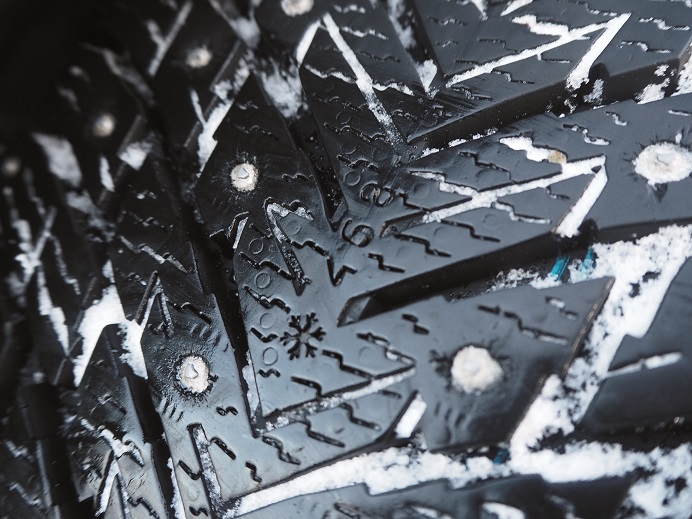
According to data from the Ministry of Road Transport & Highways (MoRTH), India recorded 461,312 road accidents in 2022, resulting in 155,781 fatal cases. Despite tyres having a significant influence on vehicular control, they are rarely cited as a primary cause of accidents.
When replacing tyres, it is also crucial to check their manufacturing date. Raatikainen emphasises that even a ‘new’ tyre must be evaluated based on its production date, as rubber degrades over time, regardless of use.
“Regularly checking tyre condition is just as important as choosing the right type. Ensure tyres have adequate tread depth, are free from cracks or bulges and are properly inflated. These simple maintenance habits can extend tyre life and improve safety,” she added.
FUTURE TRENDS IMPACTING THE TYRE INDUSTRY
New-age vehicles and tightening regulations are pushing industry players towards sustainability and reducing their carbon footprint.
For the tyre industry, environmentally friendly sourcing, production and materials remain key focus areas. From a tester’s perspective, what does the future hold?
“I am excited about advancements in simulation technology and their impact on the tyre industry. Another major trend is the growing emphasis on indoor testing for winter tyres, which addresses unpredictable weather challenges and helps distribute testing workloads more efficiently,” she said.
A third emerging trend is smart tyre technology.
“While modern vehicles are equipped with advanced systems, tyres have yet to integrate similar innovations. The questions of when this technology will arrive, how it will develop and what features it will bring are incredibly exciting. I look forward to seeing how smart tyres will enhance safety, performance and the driving experience,” Raatikainen concluded.
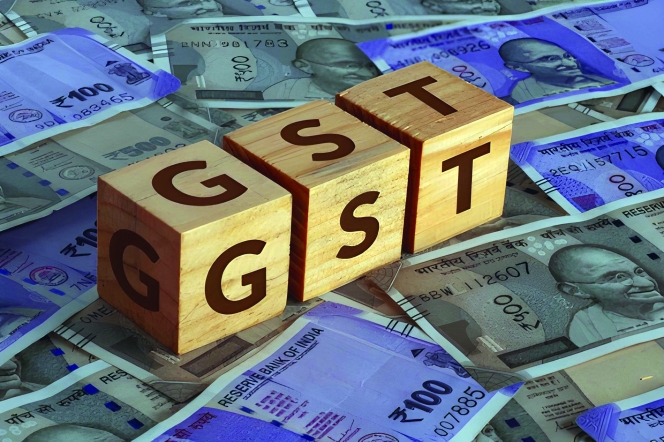
The rollout of GST 2.0 marks a defining moment in India’s economic journey – a reform that may well prove even more consequential than the original introduction of the Goods and Services Tax. Especially for a sector like tyres, the recent reduction in (GST) on tyres is far more than just a change in numbers. It is a transformative step that touches every wheel turning on India’s roads – from a farmer’s tractor to a trucker’s long-haul trailer and from a commuter’s scooter to a construction vehicle powering the nation’s infrastructure.
For years, tyres were taxed at 28 percent – the highest GST slab, clubbed with luxury and demerit goods. This categorisation never truly reflected the essential role tyres play in our everyday lives. Tyres are not a luxury. They are a fundamental enabler of mobility, supporting the movement of people and goods across cities, towns and villages. By bringing GST rates on tyres down to a more rational level, the government has addressed a long-standing anomaly and set the stage for widespread benefits across the economy.
The most visible impact of this move will be felt on the ground – literally. Lower GST means more affordable tyres for all users. Especially for transporters and fleet operators, tyres account for a significant chunk of vehicle running costs. A reduction in tax translates into lower replacement costs, freeing up working capital and improving operational margins. Farmers, small traders, delivery personnel, service providers, transporters – every segment that relies on mobility will feel this relief.
India has been working hard to bring down logistics costs, which are believed to be about 13–14 percent of GDP – much higher than global benchmarks. Tyres have a direct bearing on vehicle operating efficiency, fuel consumption and maintenance schedules. When tyres become more affordable, operators can replace tyres on time, and run vehicles more efficiently.
This naturally leads to lower logistics costs. Reduced logistics costs ripple across the value chain, helping industries move goods faster and at lower cost. This aligns perfectly with India’s ambition to become a more globally competitive manufacturing and trading hub.
Tyre industry’s story is not just urban – it’s deeply rural as well. Tractor tyres, power tiller tyres and tyres for animal-drawn vehicles are integral to the agricultural economy. A reduction in GST brings meaningful relief to farmers and small cultivators who rely on these tyres for their daily operations. By easing this cost, the government has extended direct support to rural mobility and agricultural productivity – an often underappreciated but critical outcome of this reform.
One of the most powerful yet often overlooked impacts of this decision lies in road safety. Worn-out tyres are a major cause of road accidents, particularly on highways. High replacement costs often lead to tyres being used well past their safe life.
With lower GST making new tyres more accessible, both individual motorists and commercial fleet owners are more likely to replace tyres on time, keeping vehicles safer and reducing accident risks. This complements the government’s broader road safety agenda, making highways not just faster but safer for everyone.
For the Indian tyre industry, which is one of the largest in the world, this reform is a game changer. It creates a more balanced tax structure, supports better cash flow, improves compliance and strengthens the competitiveness of domestic manufacturers. It will also encourage investment and capacity expansion, enabling the industry to serve growing domestic demand and tap export opportunities more effectively.
The GST reduction on tyres is a strategic, forward-looking policy decision that will benefit the entire mobility ecosystem. It acknowledges the essential role tyres play – not just as a product, but as a critical enabler of transportation, logistics, rural livelihoods and road safety.
As this reform takes root, its positive impact will be felt by consumers, businesses, farmers and industries alike. The tyre industry, represented by ATMA, welcomes this move wholeheartedly and remains committed to working alongside the government to strengthen India’s journey towards affordable, efficient and safe mobility for all.
The author is Director General of the New Delhi-based tyre industry association, Automotive Tyre Manufacturers’ Association (ATMA).The views expressed here are personal.
WACKER Secures Gold Medal In EcoVadis Sustainability Rating
- By TT News
- December 18, 2025
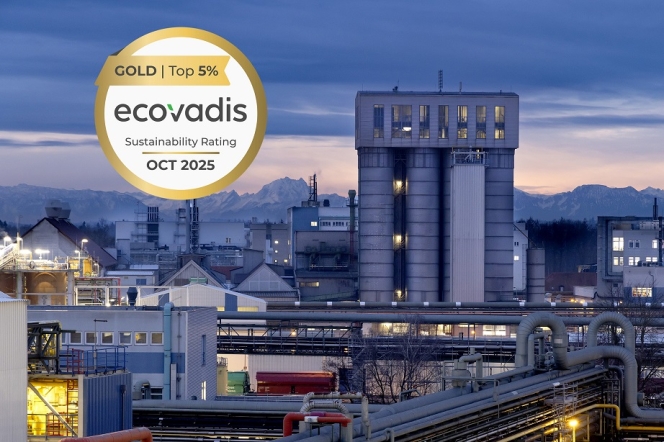
WACKER has earned the 2025 Gold Medal from the independent rating agency EcoVadis, marking its continued recognition for sustainable practices and responsible corporate governance. This distinction places the company within the top five percent of all businesses assessed by EcoVadis (over 1,000 companies globally). WACKER's overall score improved from 77 points (in 2024) to 79 points, driven largely by enhanced reporting and concrete actions focused on Scope 3 emissions and ethical standards.
The EcoVadis assessment measures the quality of a company’s sustainability management through a methodology grounded in international frameworks like the Global Reporting Initiative, the UN Global Compact and ISO 26000. Performance is scored from 0 to 100 across four core areas: environment, labour and human rights, ethics and sustainable procurement, using 21 specific indicators.
In line with its commitment, WACKER provides its EcoVadis evaluation to customers as a standardised and credible validation of its sustainability efforts. The company has also defined ambitious climate targets, aiming to halve its absolute greenhouse gas emissions by 2030 relative to 2020 levels. Progress is already evident, with a 30 percent reduction achieved as of 2024. Looking further ahead, WACKER strives to reach net-zero emissions across its operations by the year 2045.
Peter Gigler, Head of Corporate ESG, WACKER, said, “The result confirms our initiatives in many key areas. It provides our customers with invaluable proof.”
Craig Borman Appointed As Head Of OTR At BKT USA
- By TT News
- December 18, 2025
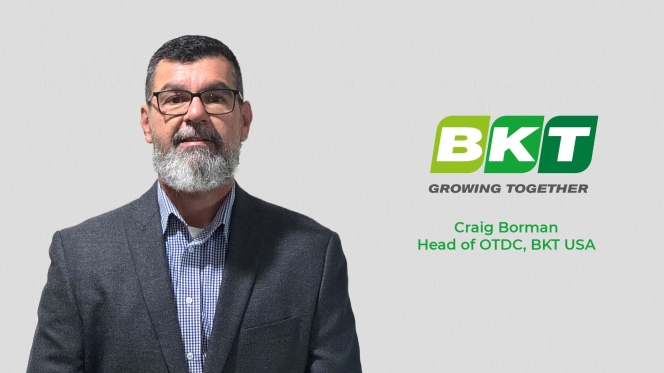
Balkrishna Industries Ltd (BKT Tires), a global leader in off-highway tyre manufacturing, has appointed Craig Borman as Head of OTR at BKT USA. The appointment is in line with BKT’s long-term strategy through 2030.
Borman brings with him 20 years of experience across off-road equipment, tyres and rubber tracks. He will play a key role in leading BKT USA's OTR team and expanding the company's presence in this market while increasing awareness of the value and dependability of BKT's range of products.
Borman said, “I’m extremely excited to join the BKT family and to build off the successes that this team has already achieved. I look forward to engaging with our partners, determining how we can accelerate our mutual growth and working towards achieving BKT’s vision of being a recognised leader in the OTR segment.”
Christian Kötz To Succeed Nikolai Setzer As Continental CEO In Planned Handover
- By TT News
- December 18, 2025
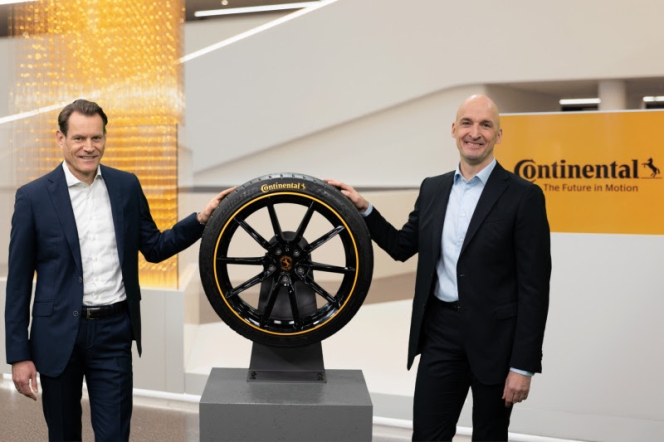
The Supervisory Board of Continental AG confirmed a significant leadership transition during its meeting on 17 December 2025. Christian Kötz will be appointed as the new Chairman of the Executive Board and Chief Executive Officer, effective 1 January 2026. He succeeds Nikolai Setzer, who will step down from the Executive Board on 31 December 2025. Setzer's departure follows more than 16 years as a board member, including the last five years in the CEO role, and occurs by mutual agreement as the company reaches a pivotal point in its strategic evolution.
This planned change in leadership aligns with the substantial progress Continental has made in its transformation into a pure-play tyre company. Major structural milestones have been achieved, including the spin-off of Aumovio and the signing of an agreement to sell the Original Equipment Solutions (OESL) business area. Regarding the planned 2026 sale of ContiTech, internal preparations are largely complete. The market outreach phase has concluded, and a structured sales process is scheduled to begin in January 2026, setting the stage for the final step in the corporate realignment.
Kötz’s extensive background within the tyre business, dating back to 1996, positions him to lead this final phase. A member of the Executive Board since 2019, his previous leadership roles within the Tires group sector included responsibility for the passenger car tyre replacement business in the EMEA region, the original equipment and commercial vehicle tyre business units and global research and development for passenger car tyres. His many years of trusted collaboration with Nikolai Setzer are expected to ensure continuity during the transition.
Kötz will lead an Executive Board comprising several key figures. Alongside him and Philip Nelles, who has headed the ContiTech group sector since 2021, are Roland Welzbacher and Ulrike Hintze. Welzbacher joined the board in August 2025 and assumed the role of Chief Financial Officer on 1 October 2025. Hintze was appointed to the board on 1 July 2025, serving as Chief Human Resources Officer and Director of Labour Relations. This board will be responsible for driving the tyre business forward, completing the corporate realignment and, following the sale of ContiTech, integrating the remaining group functions into the tyre organisation.
Wolfgang Reitzle, Chairman of Continental’s Supervisory Board, said, “Nikolai Setzer has been instrumental in shaping Continental, realigning the organisation and paving the way for three strong, independent companies. For this, he has the thanks of the entire Supervisory Board as well as my personal gratitude. With this handover, we are consolidating responsibility for the tyre business, the realignment and the remaining tasks of the group functions in one role. Christian Kötz is one of the most distinguished managers in the global tyre industry. With his extensive experience and passion for Continental, we firmly believe he is the right choice to lead the company successfully into the future.”
Setzer said, “In recent years, we have succeeded in transforming a diverse portfolio of businesses into three strong, independent champions. After 28 years at Continental, now is the right time for me to hand over responsibility to Christian Kötz. I’m extremely grateful for the journey we’ve all shared and proud of what we’ve all achieved together. I firmly believe that the tyre business, ContiTech, Aumovio and OESL have a promising future ahead.”
Kötz said, “I would like to thank the Supervisory Board for its trust and am excited about this new responsibility. Continental has been my professional home for three decades. Together with the Executive Board team and all colleagues throughout the company, we will complete the realignment and continue the success story of our tyre business.”







Comments (0)
ADD COMMENT